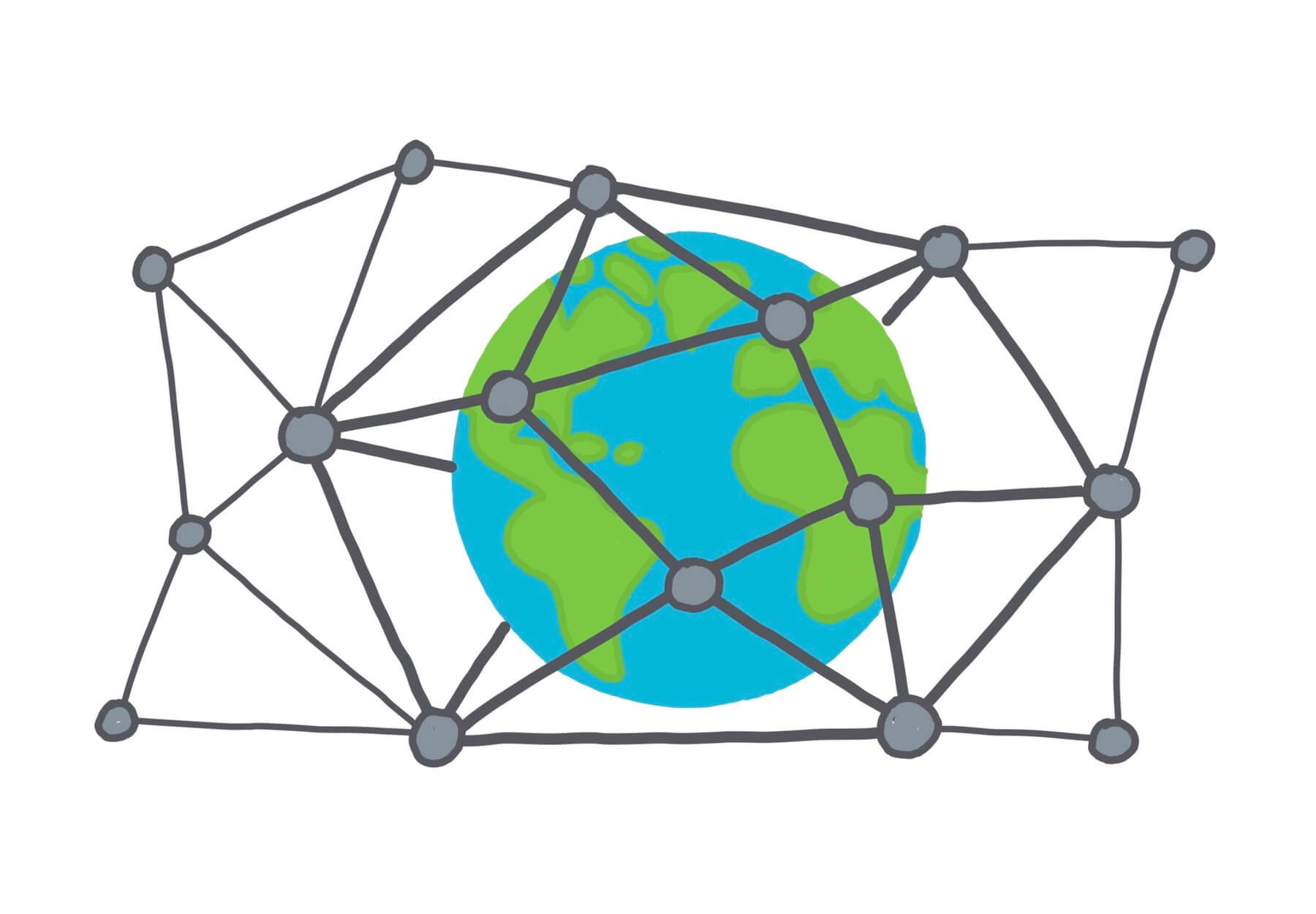Like most teams, we’ve now been fully remote and distributed since March 13th, almost 5 months exactly after moving a team of 50+ to fully remote, with no upfront plan on how to best organize ourselves.
About 20 of our team was already remote (scattered across the lower 48) before the COVID lockdown started, but several of them were in the office fairly regularly. But that still leaves 30+ that were forced to figure out a remote work setup overnight. Even the previously remote staff had to get used to changes in communications with the rest of the team adjusting in-flight.

So what’s worked and what hasn’t? What’s the overall impact been?
My general view is that it hasn’t impacted productivity overall in a terribly material way. After a few weeks to find stability with the work-from-home reality, things settled into a regular cadence for the most part. Aside from many of us with kids and other home impacts having to manage solutions for school closures, e-learning Zoom classes, and cabin fevered children, the work cycle leveled off into a predictable flow.
Zoom life
Zoom fatigue is a serious thing. I don’t think we’re having more meetings or conversation on a minute-to-minute basis, but as many have pointed out during this lockdown, there’s something different about voice and video interaction that absorbs more energy, draws greater attention bandwidth, or something. It also seems that with all people remote, there’s a bit of a creeping tendency to inflate invitation lists and make meetings bigger than their in-person versions would be. No hard evidence of this, but it feels like we’ve got a higher average people-per-meeting than pre-quarantine. And for me, the more heads on the Zoom session, the more draining it tends to be.
Being on persistent video doesn’t help, since it pressures you to sit still and be visible in the frame, when in person we’d often be up and about, at the whiteboard, leaning back in chairs, or getting something from the fridge. We haven’t had enough time yet to develop the social norms about what’s acceptable and not while on remote calls. Personally, I’m inclined toward seeing other people and having them see me, since we’re all starved for the ability to interact face to face, but perhaps over time we’ll work out some norms about when it’s expected to be present at the desk and when voice-only would suffice.
Documents, artifacts, and async work
With collaboration, we’ve been far less impacted than I expected. We’ve been able to make do. Most product design groups live and breathe by sketching, drawing, or whiteboarding ideas, and I’ve yet to find any good distributed digital methods for replacing the exploratory process of sketching something out in a group setting. I’ve done a few Zoom calls where I’ll screenshare the iPad with Concepts open. It’s excellent that we’ve got tools like this today to do visual collaboration without too much friction, but it’s still very one-way — iPad sketcher is drawing, but others can’t “take a pen” themselves and add to it like they would at a whiteboard. I’m sure someone will develop a live Google Docs-like multiplayer sketchboard to fill this need (hint: someone please do this!).
Even in pre-COVID times, most of the company has always been pretty solid with asynchronous work. Things are facilitated through Slack as a foundational communication layer, then plenty of collaborative Google Docs and Sheets on top of that for interactive work. We recently set up Confluence, too, where we want to have a better central location for content — like an internal blog and a place that’s better for collaborative work on documents than Docs. The truth here is that there’s no shortage of tooling to help teams with async work; it’s a human behavior and comfort problem to get everyone in the right tempo of working this way.
Serendipity
One of the biggest benefits of co-located teams is the random hallway interaction you get that’s very hard to replicate remotely.
In some ways removing the random hallway chatter is what we often long for — a way to add more time to our day for deep work. But lots of hallway chatter results in not only human social connection, but also real work discussion and idea exchange. There still doesn’t seem to be a good mechanism to replace what gets lost here when you’re distributed. You do recover some productivity with more time for deep work (if you can keep the meeting-creep down), but it’s less clear what longer-term detriments there will be on the ideas never discovered or pursued that result from those random encounters. For a couple months some of us were doing regular “social hour” Zooms to fill this void. They were great for maintaining interpersonal connections, but didn’t solve the problem for new product ideas or work topics.
It still remains to be seen how many companies return to full in-person work models after all of this settles down. I’m sure many will go back to something almost resembling the pre-shelter model, but I’d bet that there’s plenty of residual work-from-home that’ll happen even in the most face-to-face-leaning organizations. Over time we’ll surely all adapt to some sort of regular pattern, hopefully landing on something more effective than we had before. I know that hybrid models have shown poor results in the past, but I think there’s a way to get to a place like that that works for everyone, now that we’re all subject to the same costs and benefits of working remotely.